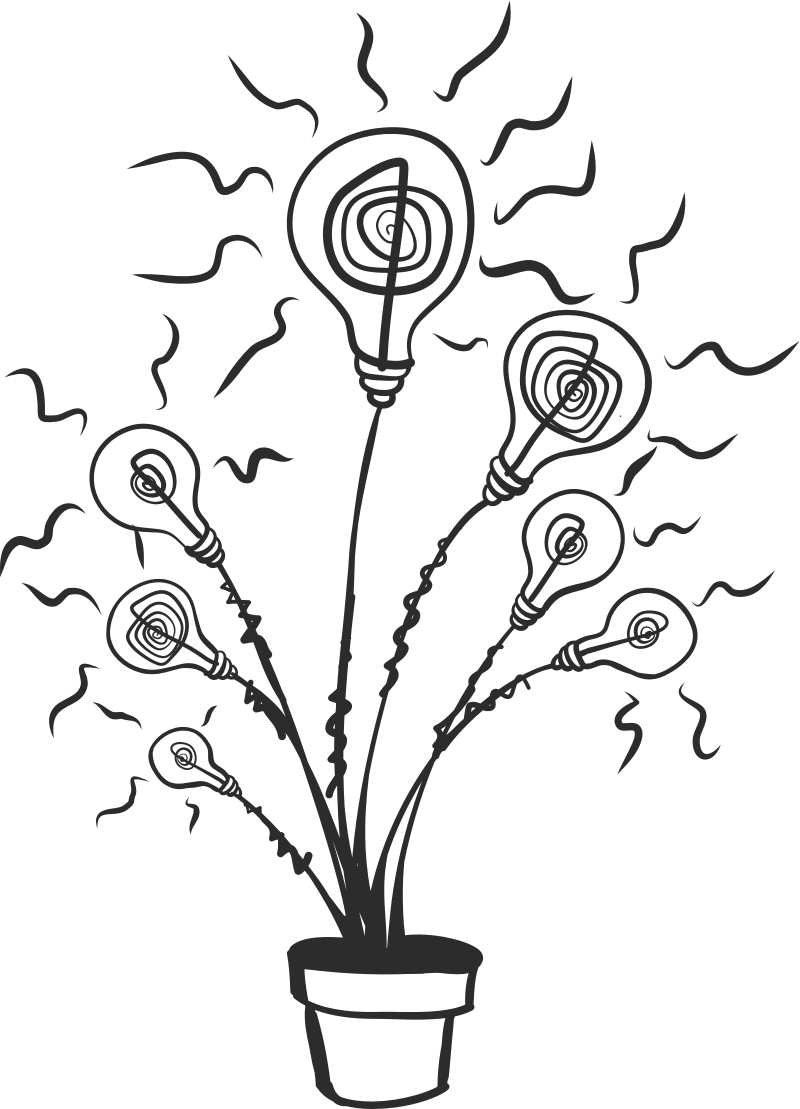Distinction Drawer

Earlier this week Martin Fowler revealed who he was all along. Turns out, he sees himself as a “distinction drawer” in software. The confession immediately clicked for me. I realised that being in this distinction-drawer mode is something I like a lot in my job as a software engineer.
What does it mean to be in distinction-drawer mode?
We’re in this distinction-drawer mode when we take a step back from the day to day activity of writing code and start reasoning about what we’re doing. While doing so, we see our current bit of code as a tiny cog distinct from other parts of the larger machine. We’re thinking “meta”.
When we’re writing specs for a new feature, using our knowledge to articulate how this feature could be built upon multiple logical parts of the codebase talking to each other, we’re also in this distinction-drawer mode.
What logical distinctions can we draw? How do we combine things with one another? How do we avoid making false equivalencies? What are the fundamental responsibilities at play? What concepts should we bring together to reach our goal? Making strong, identified distinctions will help us build a strong new feature, but it will also enable us to preserve the “machine” as well.
Imagine a gardener having to plant a new flower, stepping back from the flowerbed to decide what’s the next step. Where will the flower go? And why there? To answer that without relying only on a possibly flawed intuition, the gardener uses years of previous experiences as well as the general rules of gardening.
This moment of thought, this step back, has a purpose. It enables the gardener to stop focusing on the single flower, seeing the whole garden instead. With this point of view, finding how the new flower can be combined with the existing plants becomes easier. The gardener can now see where, and why. It triggers the distinction-drawer mode.
Can the flower go here? No it can’t because it’s not the right color. Can it go there? The surrounding flowers are the right color, but much taller; it would ruin the new one. Drawing distinctions is acknowledging a flower is not a garden.
It should not be confused with the attitude we have when we’re just taking a pause from coding. It’s nothing like having a coffee with a colleague and sharing how our tasks are doing.
It’s about using the ideas we collected from technical books we’ve read, technical discussion we had, common patterns we’ve seen over the years working on different codebases to understand better what is at stake in what we’re doing. It is actual work, maybe the most important part of it even.
It’s seeking the truth. We’re bringing concepts and models on the table to reason from first principles.
Doing so, we try to find the fundamentals principles hidden behind our code. We reason about responsibilities and boundaries. Where is the code dealing with state? How do we store data? When are we doing requests to other services? How to represent permissions? What is the responsibility of the view?
We’re distinguishing logical parts from each other, forming a modularised picture in our head (and at one point on paper, hopefully) where each part has a clear and strong role.
Coming back to our code with such a picture in mind helps us better articulate what we’re doing. We now know this thing should be put here, but this other thing should be done there and we know how to explain it to our colleagues. It looks like nothing but it’s extremely powerful.
Sometimes it’s real Eureka! moments.
A lot could probably be added on this curious topic. Can someone always be in distinction-drawer mode, disconnected from the raw, immediate code? Which resources can be used to grow such a mindset? Can we be in distinction-drawer mode collectively? How do we convince colleagues who don’t bother with first principles reasoning?
Distinction-drawer mode can start very simply, like Jay Rosen explains. “When in doubt, draw a distinction.” This is the complete opposite of what we’re usually doing in software when facing an architecture issue.
Instead of trying to group things together or add things over existing things, let’s try to find how to separate them in a way that makes the most sense, bringing classic computer science concepts to help.
Thanks to Benoit Rajalu for having helped with drafts of this.
Illustration made by Bulbman.art.